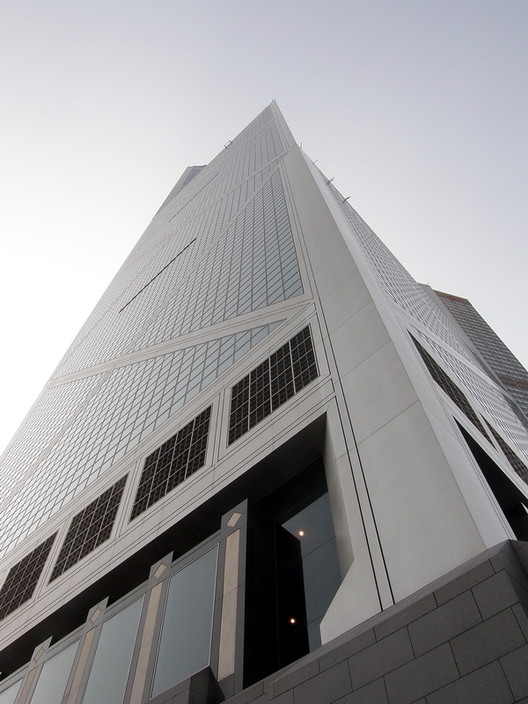
Text description provided by the architects. When commissioned to design the Bank of China Tower on an intricate inland site, I.M. Pei was requested to create an unavoidably tall unique headquarters in a typhoon-prone region that would represent the aspirations of the Chinese people yet also symbolize good will toward the British Colony.















